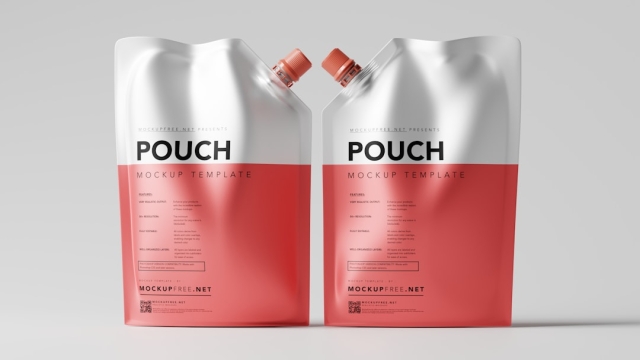Overview of Dissolvable Packaging
Dissolvable packaging innovation represents a significant advancement in the quest to reduce plastic waste and promote sustainability across various industries. This innovative approach involves the creation of packaging materials that dissolve in water, leaving no harmful residues behind. By transitioning to dissolvable packaging, companies can minimize their environmental impact while also providing consumers with convenient and efficient solutions. In this article, we will explore the fundamentals of dissolvable packaging, recent advancements in water-soluble films, their applications across different sectors, and future trends and challenges that may arise.
Overview of Dissolvable Packaging
Dissolvable packaging is designed to disintegrate in water, making it an eco-friendly alternative to traditional plastic packaging. The environmental benefits of this innovation are profound, as it addresses the growing concern over plastic pollution in oceans and landfills. Unlike conventional plastics, which can take hundreds of years to decompose, dissolvable materials can break down within minutes, leaving behind no toxic waste. This capability not only helps to reduce litter but also decreases the demand for raw materials used in conventional packaging production.
Recent Innovations in Water-Soluble Films
Recent developments in water-soluble films have opened new avenues for dissolvable packaging innovation. Manufacturers are experimenting with various natural and synthetic polymers that enhance the functionality and durability of these films. Some notable materials include polyvinyl alcohol (PVA), which is widely recognized for its solubility in water and biodegradability. Innovations in the manufacturing process have also led to improved film strength, allowing for more versatile applications without compromising the dissolvable properties.
Advancements in coating technologies have enabled the integration of various additives that can modify the solubility rates and mechanical properties of the films. This flexibility allows for tailored solutions depending on the specific needs of different products, from detergents to food items. For more detailed insights into the innovations and technologies surrounding dissolvable packaging, resources such as this website provide valuable information.
Applications Across Various Industries
Dissolvable packaging is making significant strides in multiple industries, each benefiting from its unique attributes. In the food industry, for instance, dissolvable packaging can be used for single-serving portions of sauces, seasonings, or snacks, allowing consumers to eliminate excess waste easily. Similarly, in the cosmetics sector, brands are exploring dissolvable films for packaging items like face masks or powdered cleansers, enhancing user experience while contributing to sustainability goals.
The pharmaceutical industry is also embracing dissolvable packaging, particularly in the form of blister packs for medications. This approach not only improves product safety and shelf-life but also aligns with the increasing demand for environmentally responsible practices. These applications illustrate how dissolvable packaging can cater to consumer needs while promoting a more sustainable future.
Future Trends and Challenges
As the push for sustainability continues to grow, the market for dissolvable packaging is likely to expand. Future trends may include the development of enhanced materials that offer greater strength and barrier properties, making them suitable for a wider range of products. Additionally, collaboration between manufacturers and environmental organizations will likely play a crucial role in establishing standards and best practices for dissolvable packaging.
However, challenges remain in the widespread adoption of dissolvable packaging. Consumer awareness and education are essential to ensure that individuals understand how to utilize and dispose of these products correctly. Moreover, the cost of production and the scalability of manufacturing processes may pose obstacles that need to be addressed to make dissolvable packaging a mainstream option.
| Industry | Application | Benefits |
|---|---|---|
| Food | Single-serving sauces | Reduces waste |
| Cosmetics | Face masks | Enhances user experience |
| Pharmaceuticals | Blister packs | Improves safety |
| Household | Detergent pods | Convenience |
In conclusion, dissolvable packaging innovation holds immense potential for transforming the way we think about packaging in various industries. By embracing this technology, we can work towards a cleaner, more sustainable planet, while also meeting the demands of consumers for convenient and eco-friendly solutions.



